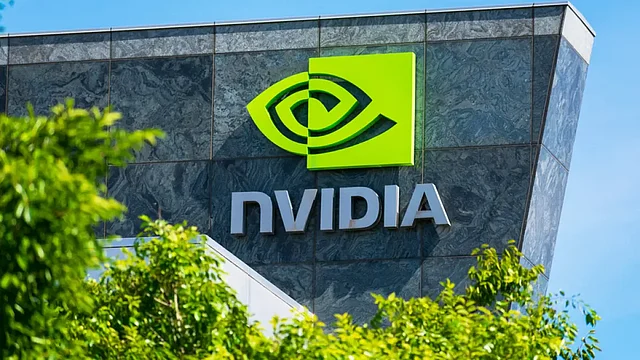An Indian Startup named “Ziroh Labs” introduced an AI system that will run on CPUs. Now, we will not have to worry about expensive chips to develop AI models. According to the startup, it is a cutting-edge innovation, and will bridge the AI divide, as there is a risk that only a few with high-end resources can access powerful AI tools due to GPGPU-Powered-AI.
Table of Contents
No Need for Nvidia Chips Anymore.

This Indian startup has done something that the world couldn’t do. Indian startup “Ziroh Labs,” an Artificial Intelligence startup, collaborated with researchers at one of India’s biggest technology schools, IIT Madras. They aim to design an affordable system that will not require expensive chips to run large AI models.
Ziroh lab’s Kompact AI, developed in the partnership with Indian Institute of Technology (IIT) Madras, proclaimes that it will enable AI to run on Central Processing Units (CPUs), generally found in every computing devices as opposed to coveted, and costly, graphics processing units (GPUs) that has been linchpin of artificial boom.
“Tools from Open AI, Google, Microsoft, AWS are critically depended on GPUs. Due to limited availability and affordability of GPUs and most importantly US’s sanctions Indian professionals and researchers were in disadvantages until today, “Professor S. Sadagopan says at the Kompact launching.
“India will also develop GPUs but it will take some time. With the launch of Zero lab’s Kompact AI, AI solutions will be developed at a fraction of a cost using CPUs available in every computing devices. In this way, we will not be forced to use GPUs, “He further adds, showing the benefit of Kompact AI.
Ziroh Lab even claimed it can optimize the leading AI models to run on personal computers. This was proven in the demonstration event, where teams of researchers demonstrated their product working on laptops that used self-bought Intel Xeon processors and querying models Meta’s Llama 2 and Alibaba’s Qwen2.5.
A Risk of AI Division Like the Internet.

V. Kamakoti, director at the Indian Institute of Technology, Madras, explains how AI could be a division like the digital revolution. He said that when the internet came decades ago was accessible only to cities’ high-profile personalities, while rural areas were deprived of the internet for years.
“During the digital revolution, we saw a digital divide emerge between those who had access to technology and the internet and those who didn’t, “V. Kamakoti goes back in History.
He is concerned that the same thing can happen with this AI revolution, due to GPGPU-Powered AI, only accessible to a few. “Now, with the rise of GPGPU-Powered AI, there is a risk of an AI divide, where only a few with high-end resources can access powerful AI tools, “He said, unveiling the risk.
He says to ensure inclusive AI access, we must act now. Then he introduces the solution Zeroh Lab, he says, “By offering an affordable, scalable inference platform, we are helping bridge this emerging AI divide”. “AI should empower everyone-not just a few, “He added.
Kompact AI: A Cutting-Edge Technology.
Indian startup Ziroh Labs’ Kompact AI system is a cutting-edge AI computing engine. Not only Indian engineers but also foreign award-winning professors recognized this move, such as Professor Diffie, Professor William Raduchel, and more.
“It’s going to have a very profound market impact in the years ahead, “said Professor William Raduchel, former chief strategy officer of Sun Microsystems and a tech adviser to the startup who spoke virtually at the event.
Not only this, the company claims that this new technology has been tested by US chipmaker Intel Corp. and Advanced Micro Devices Inc.
Nvidia Chips: Hard to Afford.
As per a Bloomberg report, like other countries, developers, professionals, and researchers in India have struggled to afford and get access to top-of-the-line Nvidia chips to build and support AI products. The shortage of GPUs is the biggest risk, stopping local AI research and deployment speed and scale.
“The AI divide is because only those with high-end expensive GPU-powered resources can access, develop and deploy powerful AI,” said V. Kamakoti, director at the Indian Institute of Technology, Madras. “We’re demonstrating that you don’t need a revolver to kill a mosquito, “He adds.
Read This Also: Aman Gupta Supported Piyush Goyal’s Remark: Says, “@PiyushGoyal Ji isn’t against founders. He Believes…”





